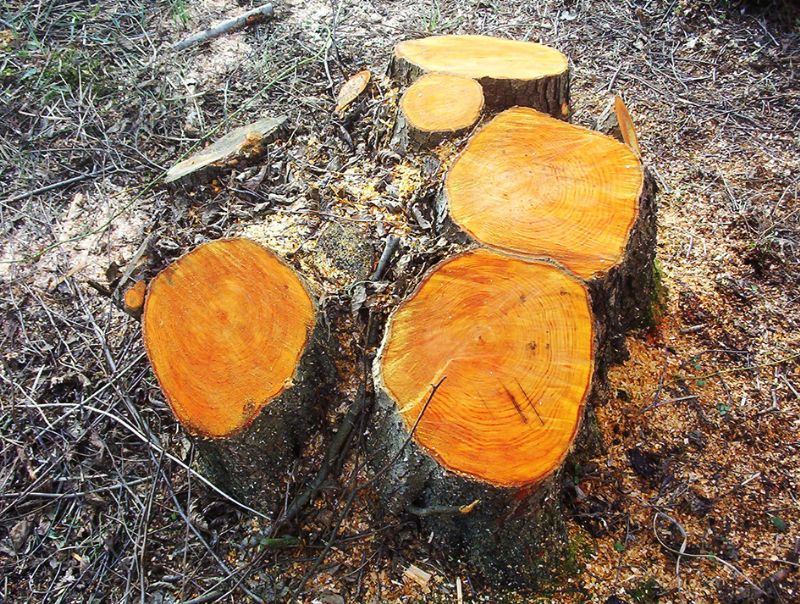- Home
- News, Articles & Reviews
We are hiring! Please click here to join our growing magazine delivery team in Gloucestershire!
Areas
Environment
Archive

Ancient products and skills worth having
All Areas > Environment > Save the Planet
Author: Caroline Bennett, Posted: Friday, 24th July 2015, 08:00
Which traditional land use has been happening in England for over 6000 years that many people have never even heard of? The answer is coppicing, and it may also be the answer to some of your sustainable product needs.
Coppicing is an ancient method of woodland management carried out not only in England but all around the world. It involves cutting trees down to nearly base level and allowing them to grow back. The process is then repeated 7 to 20 years later, depending on the species of tree. Not all trees can be coppiced – common species in the UK include hazel, ash, oak, willow, field maple and sweet chestnut.
Providing ideal conditions for forest wildflowers
Coppiced woodland is maintained in a rotation of ‘coups’ – an area being actively harvested while others are left to grow. These areas have increased dappled light, which provides the ideal conditions for forest wildflowers such as bluebells, wood anemones and primroses. The stools (the name for coppiced stumps) provide shelter and food for dormice, nightingales, nightjars and insects such as beetles and butterflies.
As the coppiced stools grow up the conditions become beneficial for different types of wildlife, but if it is well managed there should be a newly coppiced area ready nearby to replace the habitat that is changing elsewhere.
As well as producing valuable habitats, coppiced wood is used to make all sorts of traditional products including besom brooms and beanpoles, charcoal for your barbeque, firewood for the woodburner, trugs, hay rakes, gates, fencing, hurdles, horse jumps and even yurts.
This traditional skill fell out of favour after the Second World War and many coppiced woodlands were neglected or planted up with conifers. There has been a revival of this management technique and now there may be a coppicer not far away from you. Coppice workers make different products depending on the species in their coups and their specialities. To find a local supplier of coppiced products check out the National Coppicing Federation – ncfed.org.uk or coppice-products.co.uk.
If you would like to take up coppicing as a land management technique there are many books and places offering courses or volunteering opportunities aimed at passing on these traditional crafts. So why not try your hand at this 6000-year-old skill?Other Images
Copyright © 2024 The Local Answer Limited.
Unauthorized use and/or duplication of this material without express and written permission from this site's author and/or owner is strictly prohibited. Excerpts and links may be used, provided that full and clear credit is given to The Local Answer Limited and thelocalanswer.co.uk with appropriate and specific direction to the original content.More articles you may be interested in...


© 2024 The Local Answer Limited - Registered in England and Wales - Company No. 06929408
Unit H, Churchill Industrial Estate, Churchill Road, Leckhampton, Cheltenham, GL53 7EG - VAT Registration No. 975613000You are leaving the TLA website...
You are now leaving the TLA website and are going to a website that is not operated by us. The Local Answer are not responsible for the content or availability of linked sites, and cannot accept liability if the linked site has been compromised and contains unsuitable images or other content. If you wish to proceed, please click the "Continue" button below:




